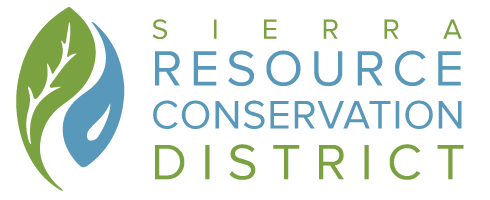Land
We envision wise use and protection of the Sierra Nevada mountains to the Central Valley of Eastern Fresno County.
Vegetation Management
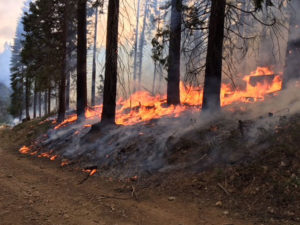 The district spans multiple vegetation types and extremes of elevation the conservation activities run the full gamut. Historically the district has worked with conservation agency partners like the Natural Resources Conservation Service to provide technical assistance, cost-share programs to encourage use of conservation practices on agricultural and rangeland, and educational activities. A number of conservation plans have been developed and implemented on private lands.
The district spans multiple vegetation types and extremes of elevation the conservation activities run the full gamut. Historically the district has worked with conservation agency partners like the Natural Resources Conservation Service to provide technical assistance, cost-share programs to encourage use of conservation practices on agricultural and rangeland, and educational activities. A number of conservation plans have been developed and implemented on private lands.
The district has been active in vegetation management projects, including prescribed burns to reduce fuel loads and fire risk. Additionally, the district has taken a leadership role In the development of voluntary Oak Woodland Guidelines for Fresno County and Rangeland Water Quality Guidelines. Directors review zoning petitions and provides information to the Fresno County Public Works and Development Departmental reviews and responds to NEPA documents from the US Forest Service regarding that agency’s activities in the upper watershed areas, and reviews and responds to NEPA documents from the Bureau of Reclamation.
With the population moving to the foothills, roads and home construction is increasing. The popularity of horses and family livestock with families new to the area, combined with the zoning practice of “parceling” is contributing to an increase in soil erosion, a lack of residual dry matter exposing fragile soils, and compromising wildlife habitats and animal populations.
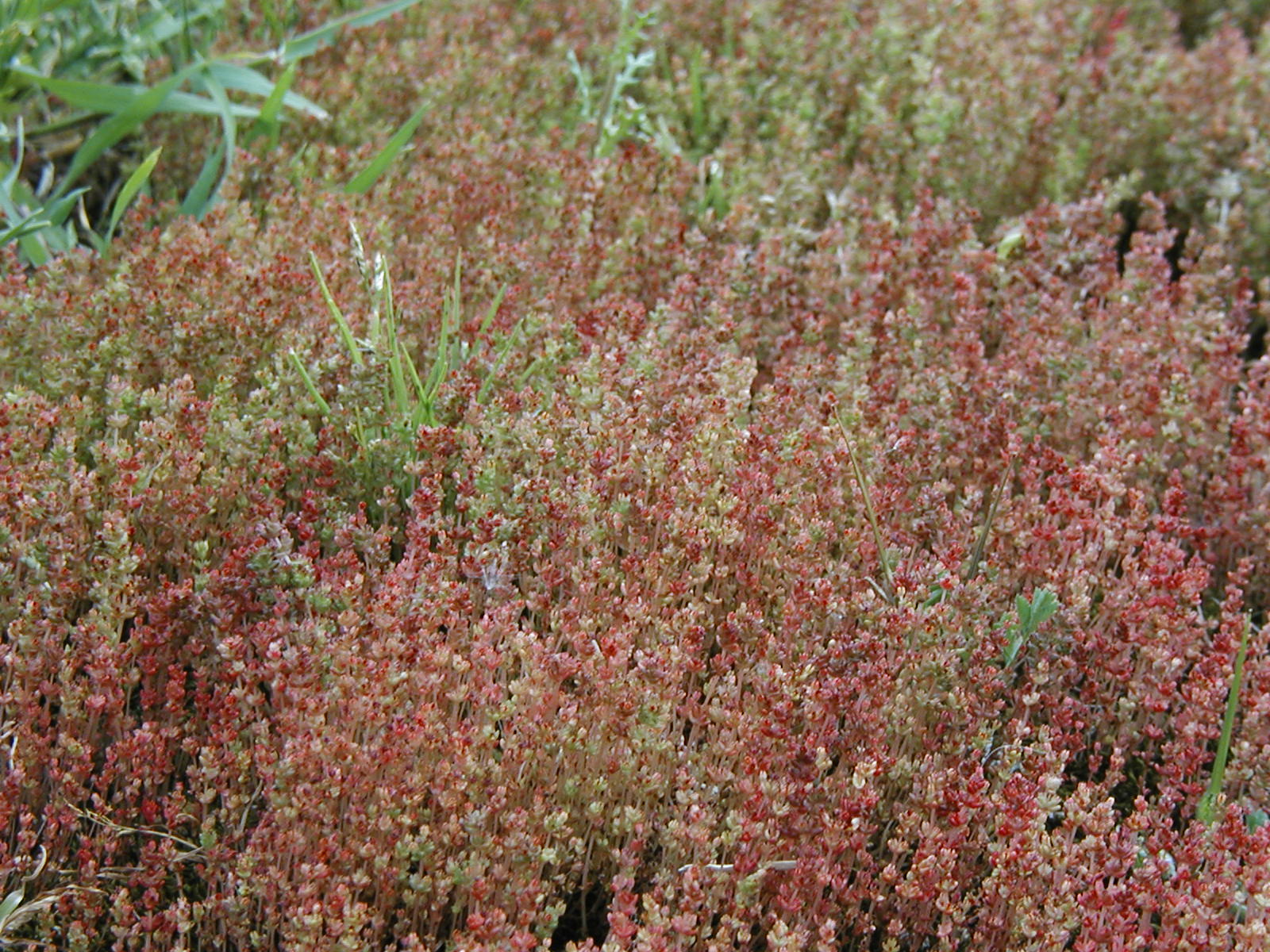
Important Agriculture
Fresno County is the largest agricultural production county in California and the nation producing over 7.9 billion dollars annually. Within the district, primary crops are: Oranges. Strawberries, Fruit Orchards, Nut Orchards, Vineyards, Olives, Asian Market Crops, Truck Garden Crops, Cattle &, Rangeland, Dairies,Timber, Honey.
The Central Valley supplies 8% of U.S. agricultural output (by value) and produces 1/4 of the Nation’s food, including 40% of the Nation’s fruits, nuts, and other table foods.
Forestry
The Sierra Nevada mountains are crucial to the health of the Central Valley economy, providing most of the water that supports the Central Valley. The health of the Sierra’s are compromised by high tree mortality, drought, overgrowth, and wildfire. The size and impact of wildfires have increased dramatically. The 2020 wildfires in the state, the most disastrous wildfire year on record, put twice as much greenhouse gas emissions into the Earth’s atmosphere as the total reduction in such pollutants in California between 2003-2019 (16 years).
Our Program Components:
Forest and Watershed Stewardship
i. Forest Management
ii. Noxious and Invasive Weeds
iii. Reforestation
iv. Insect and Disease Information
Wildfire Mitigation and Preparedness
Education & Outreach
Particiation and membership in the:
CA Resource Conservation District’s Forestry Commitee
RESOURCES:
Alert Wildfire: cameras that monitor wildfire
Incident Information on widlfires InciWed
NASA Fire Incident Information map
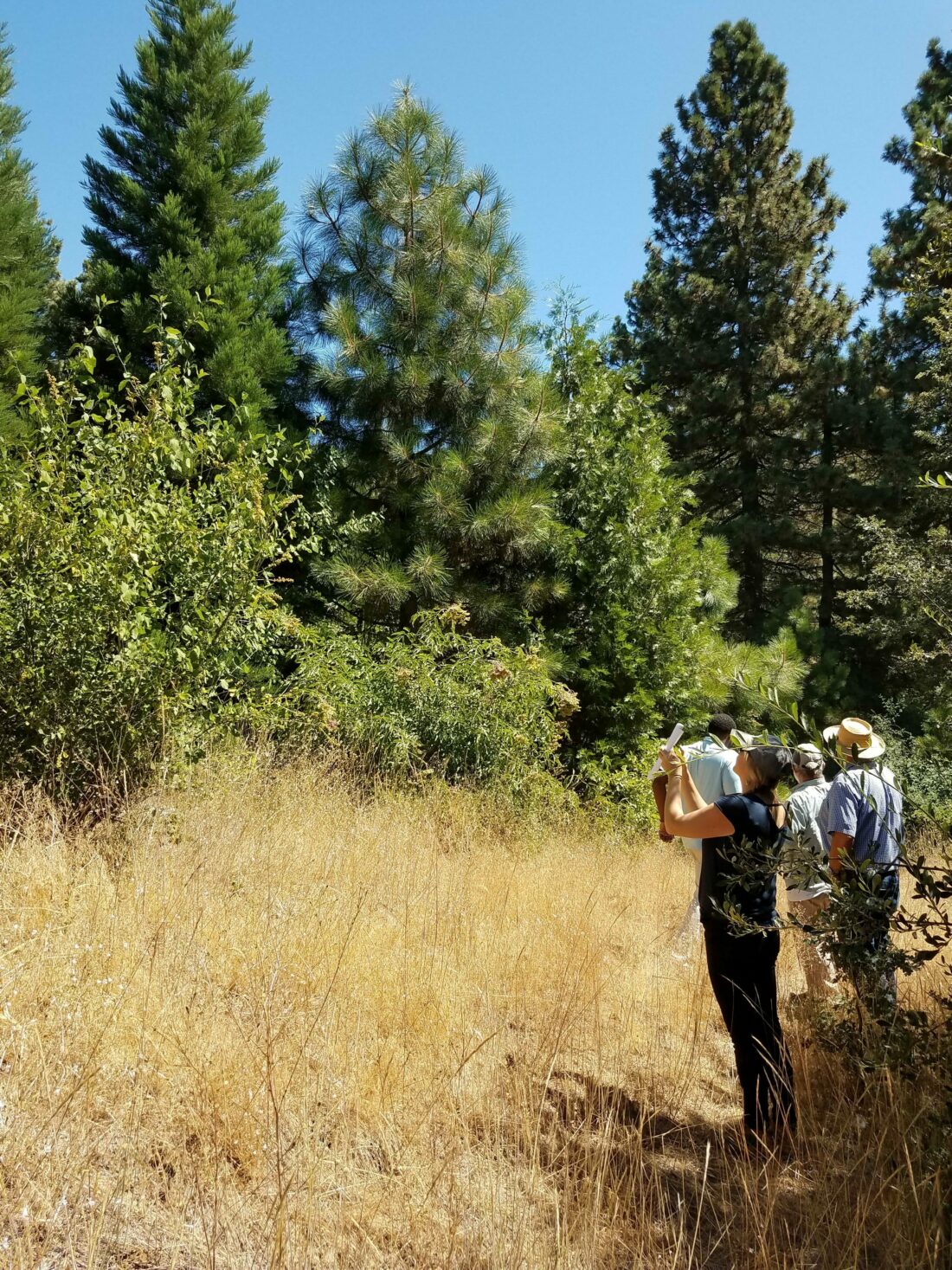
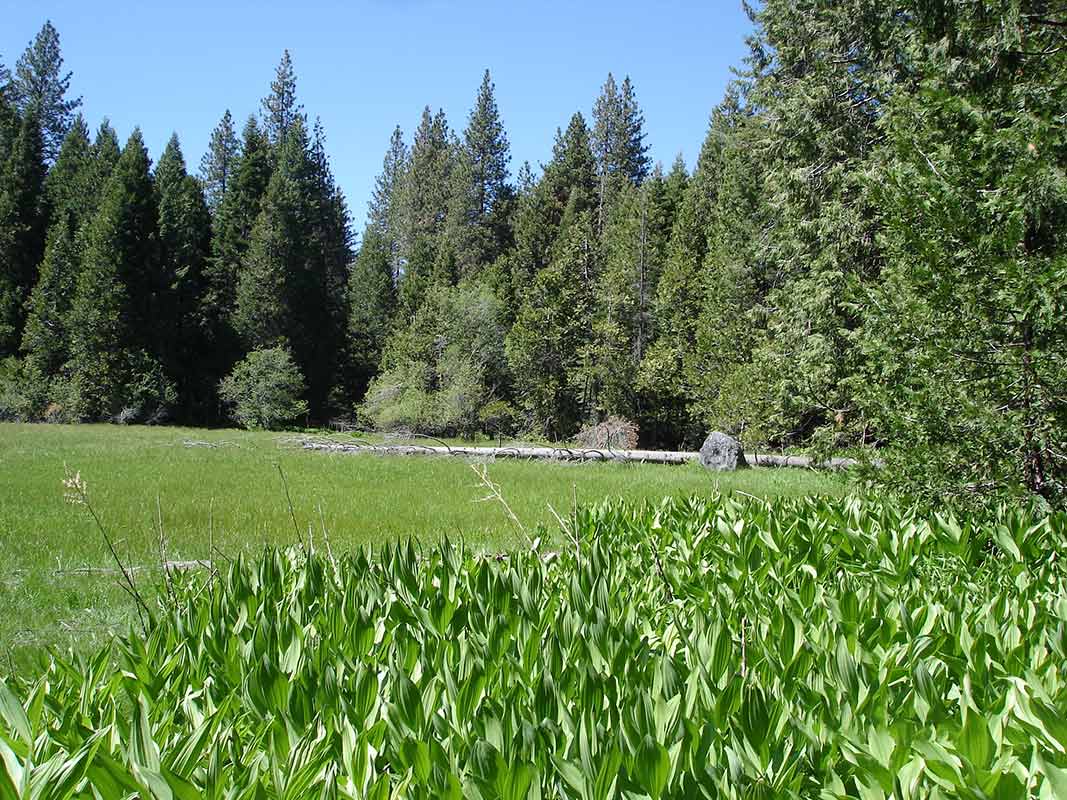
Other Economic Factors
The district has a high recreational use. Sierra Heritage Scenic Byway, China Peak Ski Area, High Country Packing, camping, water sports, boating, horseback riding, and bicycling are a few of the activities enjoyed within the district.
